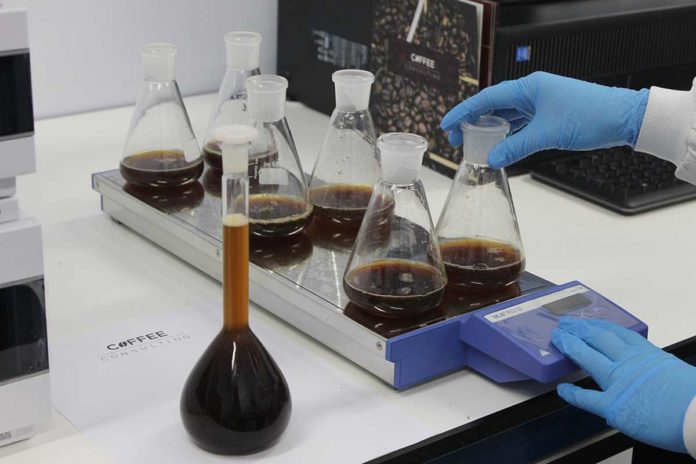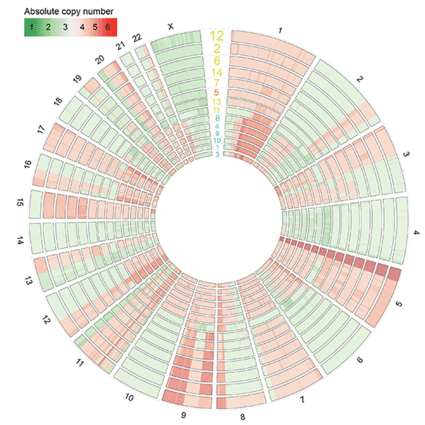According to a survey conducted in 2016, more than 70% of researchers have tried and failed to reproduce another scientist’s experiments. What’s more, more than half of them to recreate their own experiments.
If scientists can not reproduce each other work, breakthrough and life-saving discoveries will remain limited to the lab and may have a major impact on human health.
Yale researcher Yansheng Liu think that the cell lines used by different laboratories are the cause of this reproducibility crisis.
For the study, scientists gathered the samples of a human cancer cell line, known as HeLa cells, from more than a dozen laboratories of six countries worldwide. They refined the distinctive HeLa cells under uniform conditions and observed gene expression, growth rate, protein function, and different factors after some time by utilizing the best in class proteomic strategies and other large-scale analysis. Furthermore, the exploration group planned a trial to think about the response of the cell lines to Salmonella infection.
Scientists observed a significant difference in between the different HeLa cell lines, particularly the lines known as HeLa CCL2 and HeLa Kyoto.
The variation was clear in gene and protein expression, just as in the cellular response to disease. In one specific strain, the analysts saw up to a 7% contrast in quality articulation between early age of cells and later ones inspected following three months of development.
The study enlightens the requirement for scientists to take a step forward in minimizing the effect of this variation on study outcomes.
They recommend, for example, reporting the specific HeLa cell line types used in studies. Among other strategies, Liu and his colleagues also urge the use of early cell lines, the documentation of basic genome expression of the cells, and repeat testing of cells in different samples or models or labs to ensure reproducibility.

